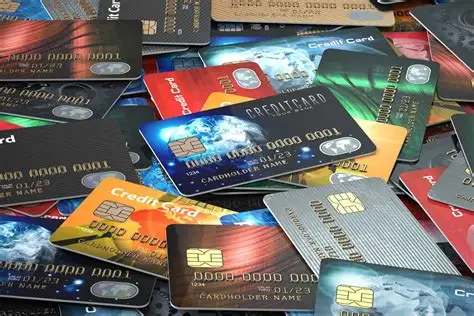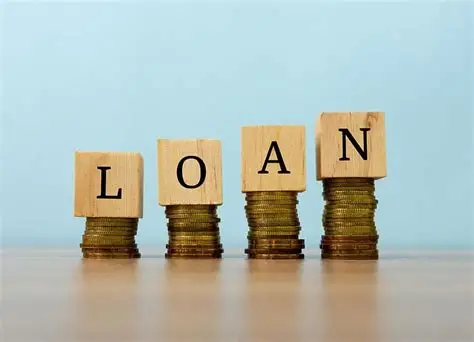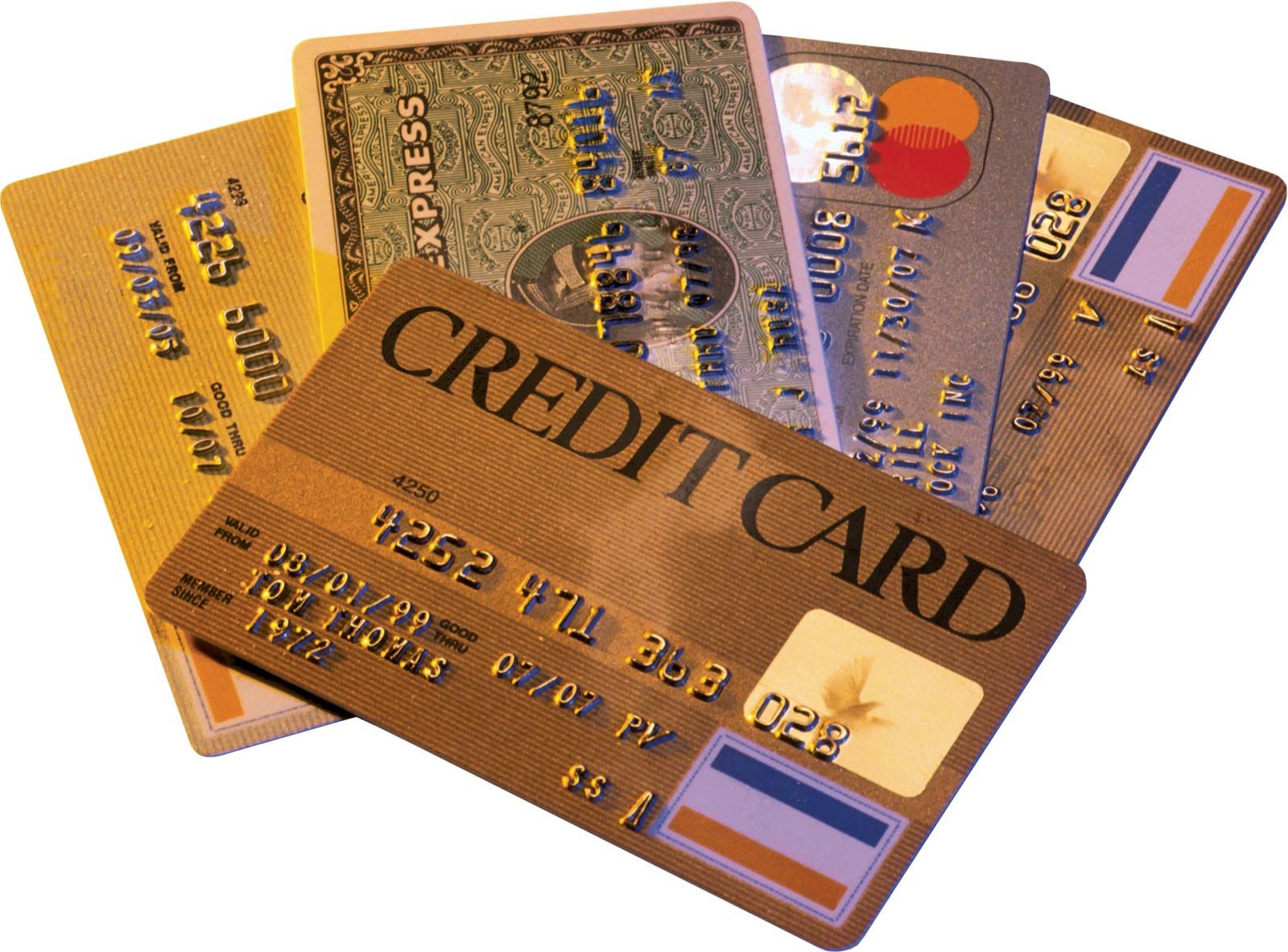In today’s fast-paced world, financial products have become essential tools for managing personal and business finances. Among the most commonly used are credit cards, loans, and personal loans. These products not only provide access to funds but also play a significant role in building credit history, managing cash flow, and achieving financial goals. However, they must be understood and managed wisely to avoid financial strain.
1. Credit Cards

A credit card is a financial product issued by banks or financial institutions that allows individuals to borrow money for purchases up to a certain limit.
Key Features
- Credit Limit: The maximum amount you can spend on the card.
- Grace Period: A set number of days (usually 21–55) to repay your balance without incurring interest.
- Rewards & Benefits: Cashback, airline miles, discounts, and loyalty points.
- Interest Rates (APR): Applied on unpaid balances after the grace period.
Advantages
- Convenient and safe for everyday transactions.
- Helps build a credit history when managed well.
- Offers perks such as purchase protection and travel insurance.
Risks
- High-interest charges on late payments.
- Risk of falling into debt if overspending.
- Potential impact on credit score if misused.
2. Loans

A loan is a lump sum of money borrowed from a financial institution, typically repaid with interest over a fixed period. Loans come in different forms depending on their purpose.
Types of Loans
- Secured Loans: Backed by collateral (e.g., mortgage, car loan).
- Unsecured Loans: No collateral required (higher interest rates).
- Business Loans: Tailored for business expansion or operations.
- Student Loans: Designed to fund education costs.
Advantages
- Provides access to large sums of money at once.
- Fixed repayment schedules help with budgeting.
- Can be used for a wide range of purposes.
Risks
- Failure to repay may lead to penalties and damage to credit scores.
- Secured loans may result in the loss of collateral.
- Long-term debt obligations can limit financial flexibility.
3. Personal Loans

A personal loan is a type of unsecured loan designed for individual use rather than business purposes. It is usually taken for emergencies, debt consolidation, medical bills, education, or even weddings.
Key Features
- Unsecured Nature: No collateral required.
- Fixed Repayment Terms: Monthly installments over 1–7 years.
- Interest Rates: Generally higher than secured loans but lower than credit card rates.
Advantages
- Quick access to funds for personal needs.
- Can consolidate high-interest debt into a single manageable payment.
- Improves financial flexibility without needing collateral.
Risks
- High interest if credit score is poor.
- Over-borrowing can lead to financial strain.
- Defaulting damages credit reputation and future borrowing ability.
Best Practices When Using These Products
- Borrow Responsibly: Only take on debt you can repay.
- Compare Options: Shop around for the best interest rates and terms.
- Maintain Good Credit: Timely payments boost credit scores.
- Plan Ahead: Use loans and credit cards for specific goals, not impulse spending.
- Monitor Debt-to-Income Ratio: Avoid letting debt exceed your repayment ability.
Conclusion
Credit cards, loans, and personal loans are powerful financial tools when used responsibly. They can help individuals and businesses manage expenses, access emergency funds, and achieve long-term financial goals. However, misuse can lead to debt traps and financial instability. The key lies in understanding each product’s features, weighing the pros and cons, and applying disciplined financial management.
Here is a comparison table showing the differences between credit cards, general loans, and personal loans.
Comparison of Credit Cards, Loans, and Personal Loans
| Feature | Credit Cards | General Loans | Personal Loans |
|---|---|---|---|
| Type | Revolving credit | Lump-sum borrowing | Lump-sum borrowing |
| Collateral Required | No | Sometimes (secured loans) | No |
| Repayment Method | Monthly minimum or full balance | Fixed installments | Fixed installments |
| Interest Rates | High (if balance unpaid) | Varies (secured = lower, unsecured = higher) | Moderate (lower than credit cards, higher than secured loans) |
| Flexibility | High – can borrow repeatedly within limit | Medium – fixed loan term & amount | Medium – fixed loan term & amount |
| Common Uses | Daily spending, online shopping, emergencies | Home purchase, car financing, business | Emergencies, debt consolidation, education, personal expenses |
| Risk of Default | Credit score damage, high debt cycle | Loss of collateral (secured) + credit score impact | Credit score damage, higher interest costs |
| Credit Building | Strong (with responsible use) | Builds credit if repaid on time | Builds credit if repaid on time |
| Approval Time | Quick (instant to a few days) | Longer (may require collateral check) | Usually fast (a few days) |


